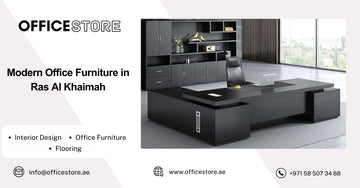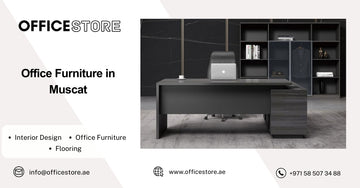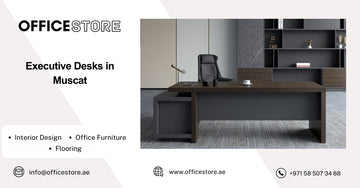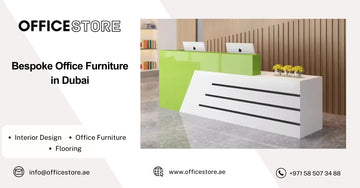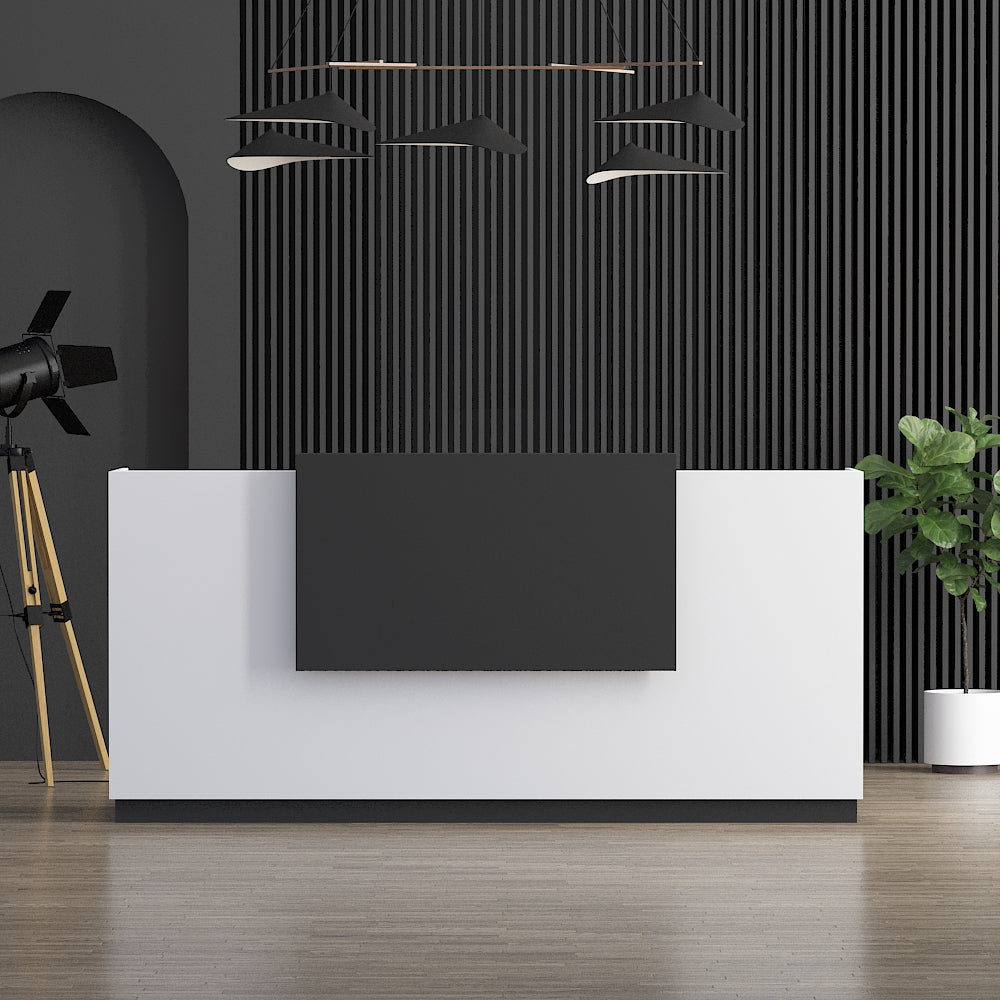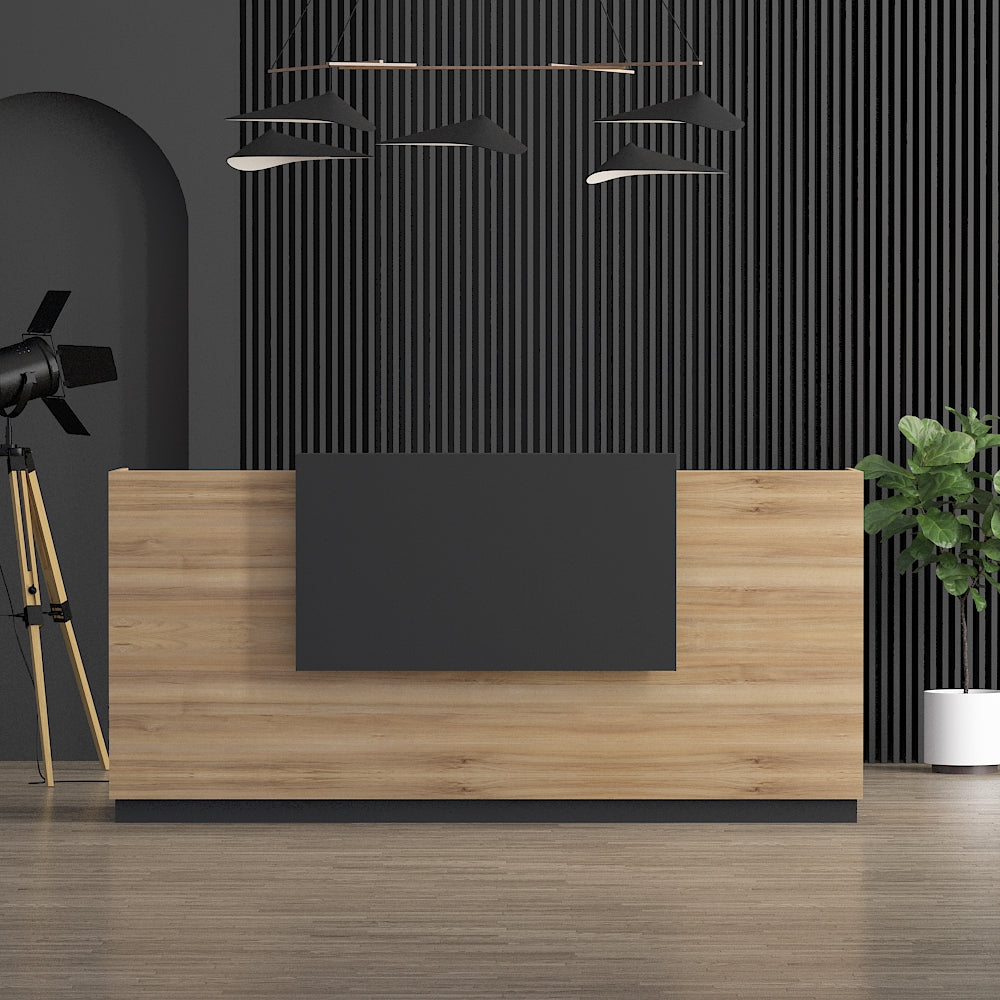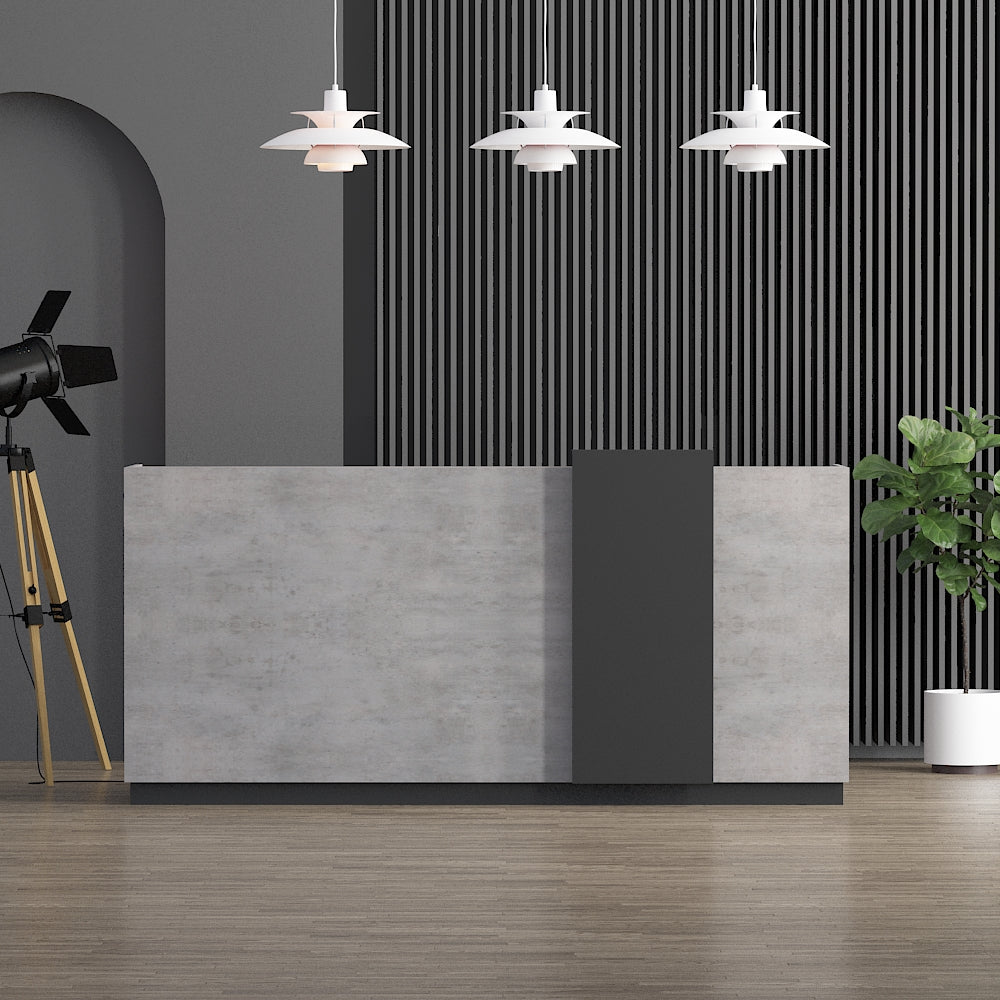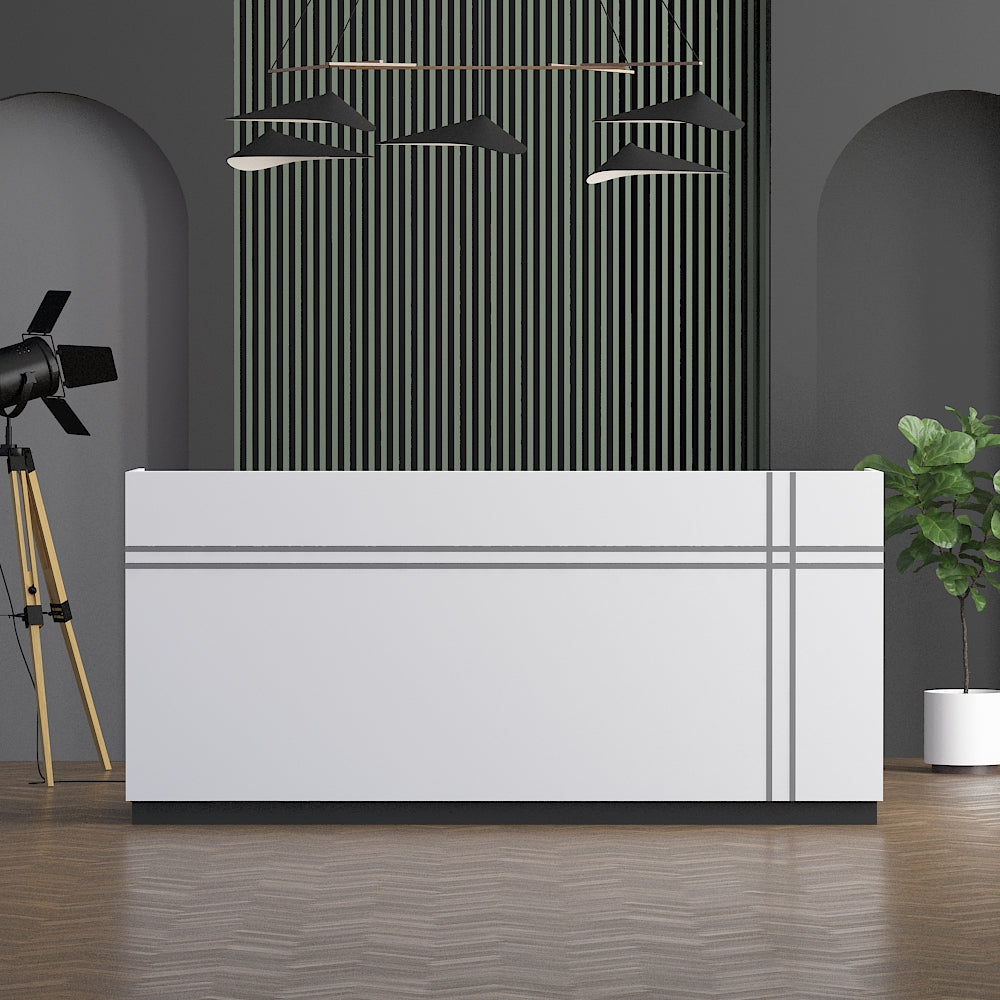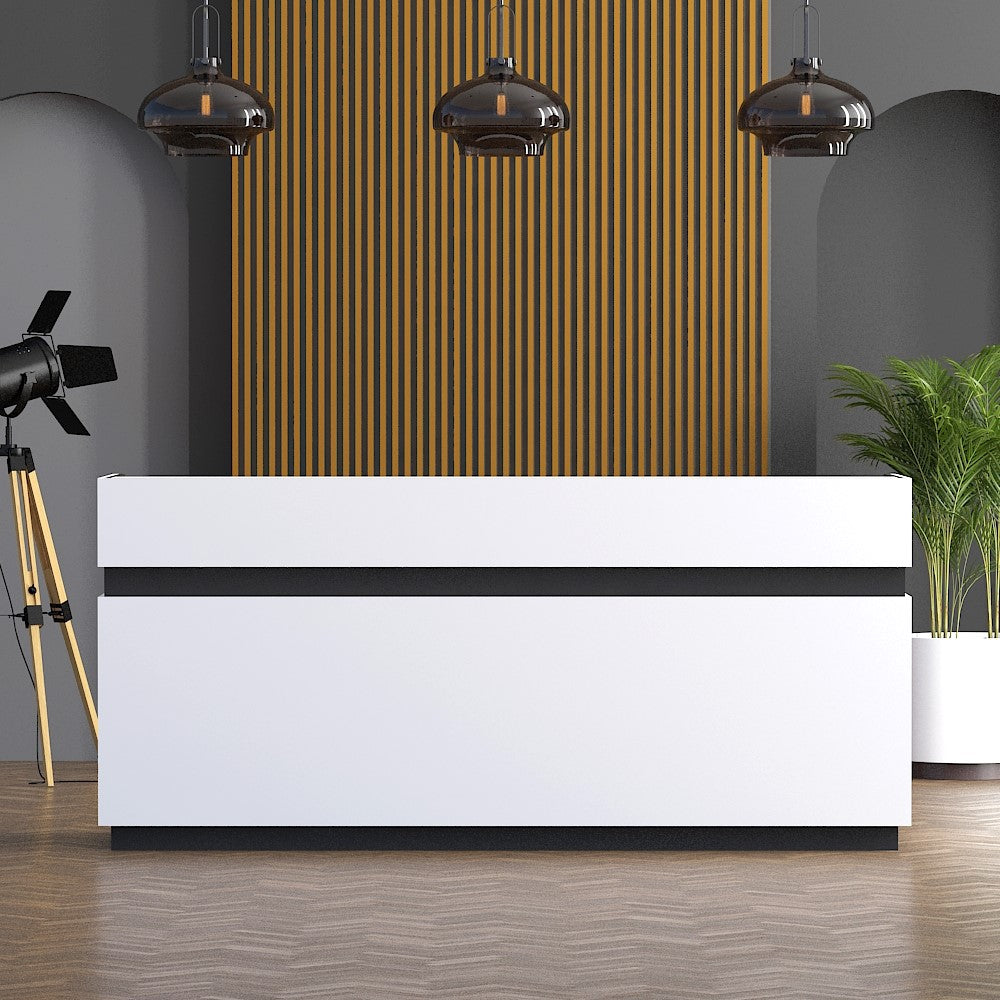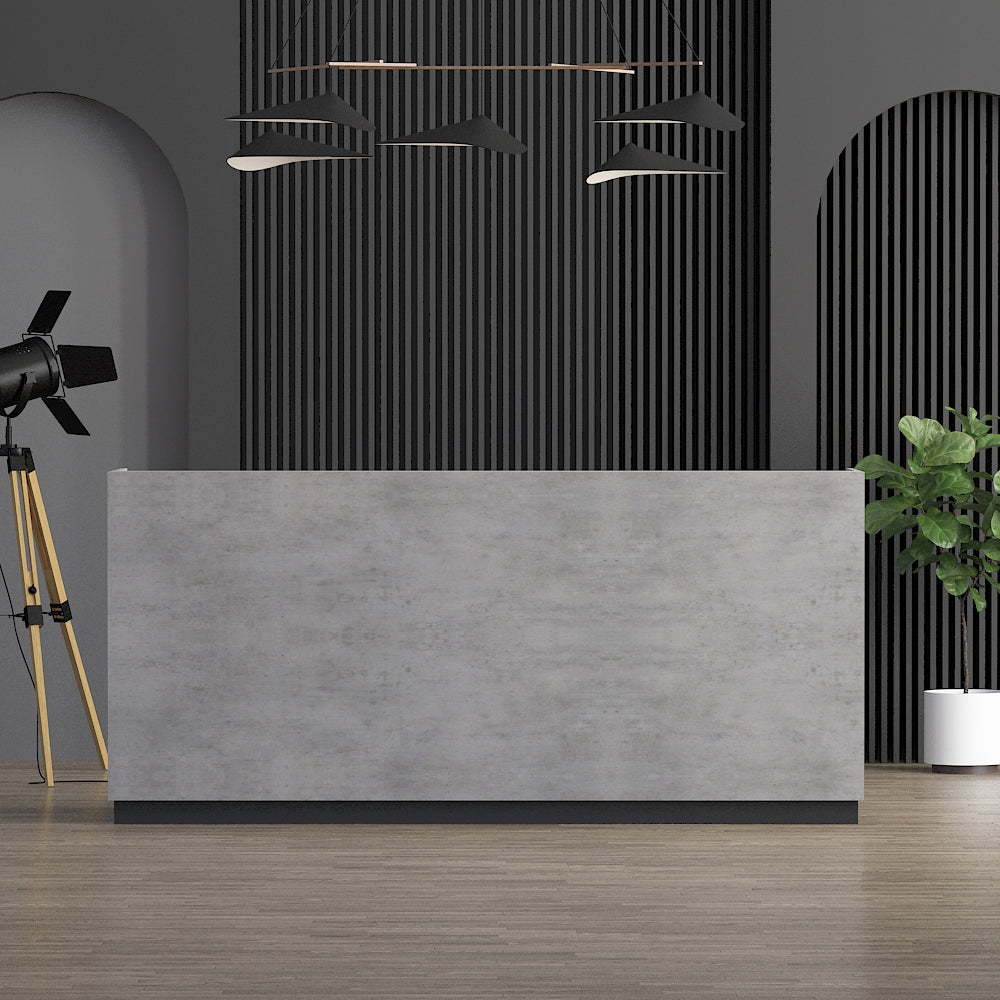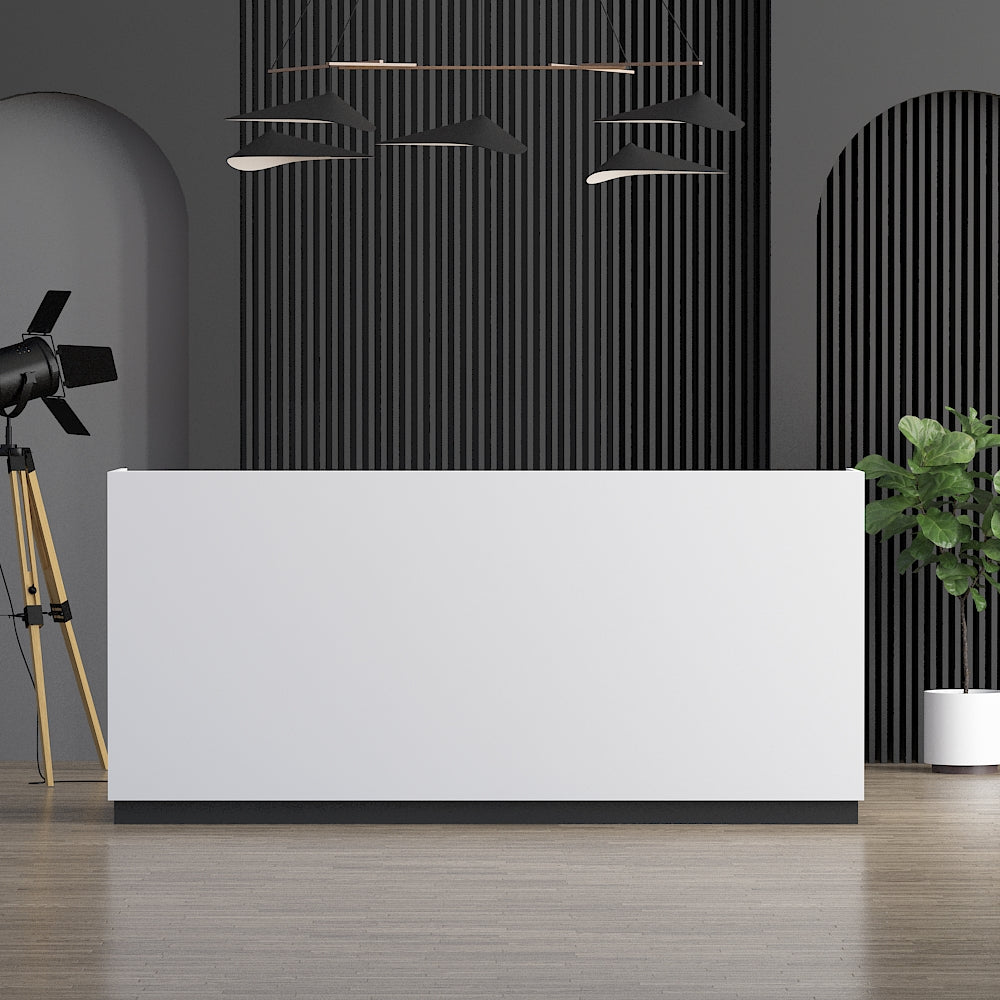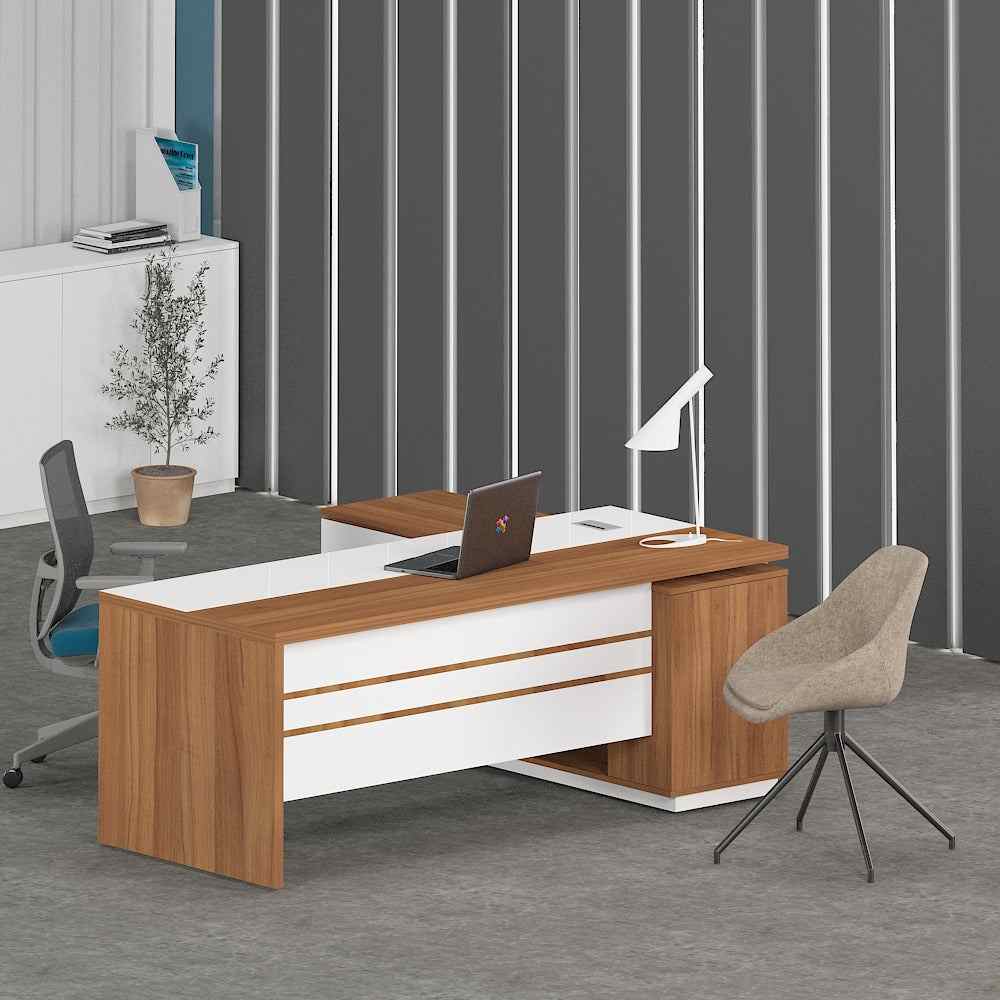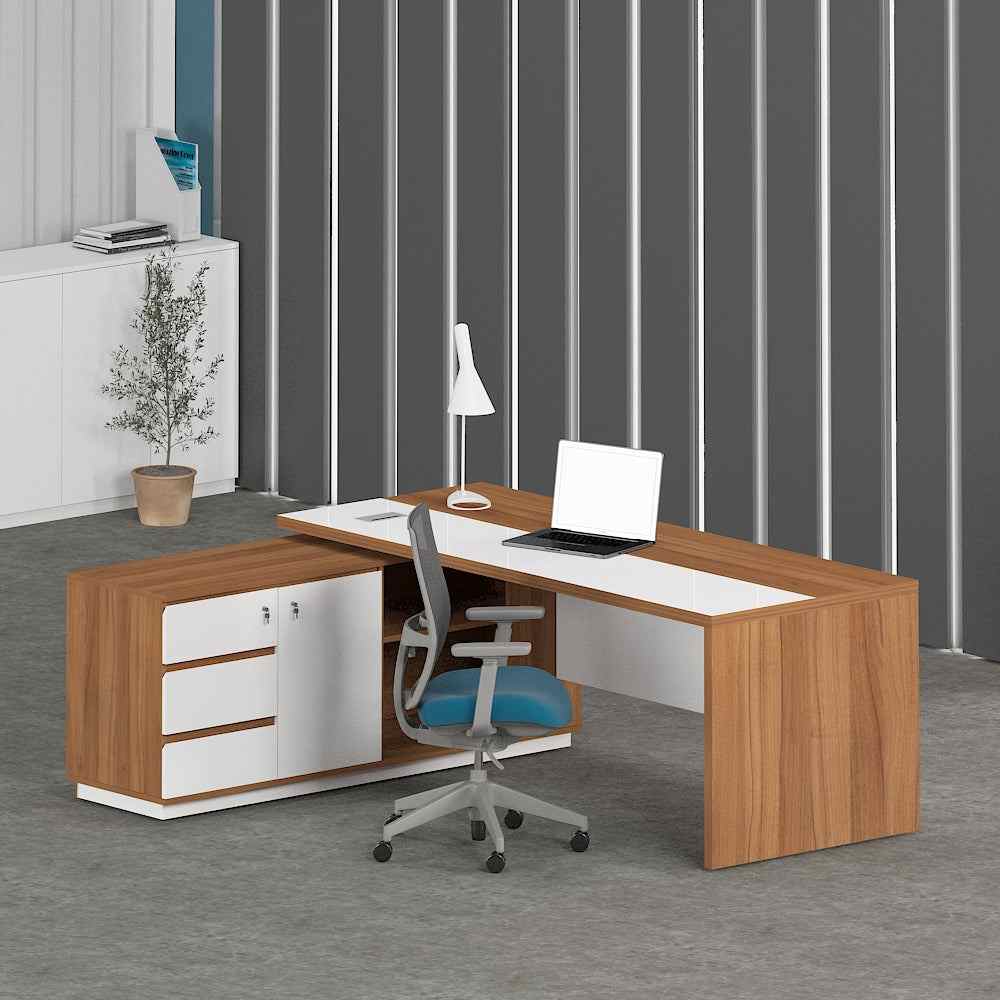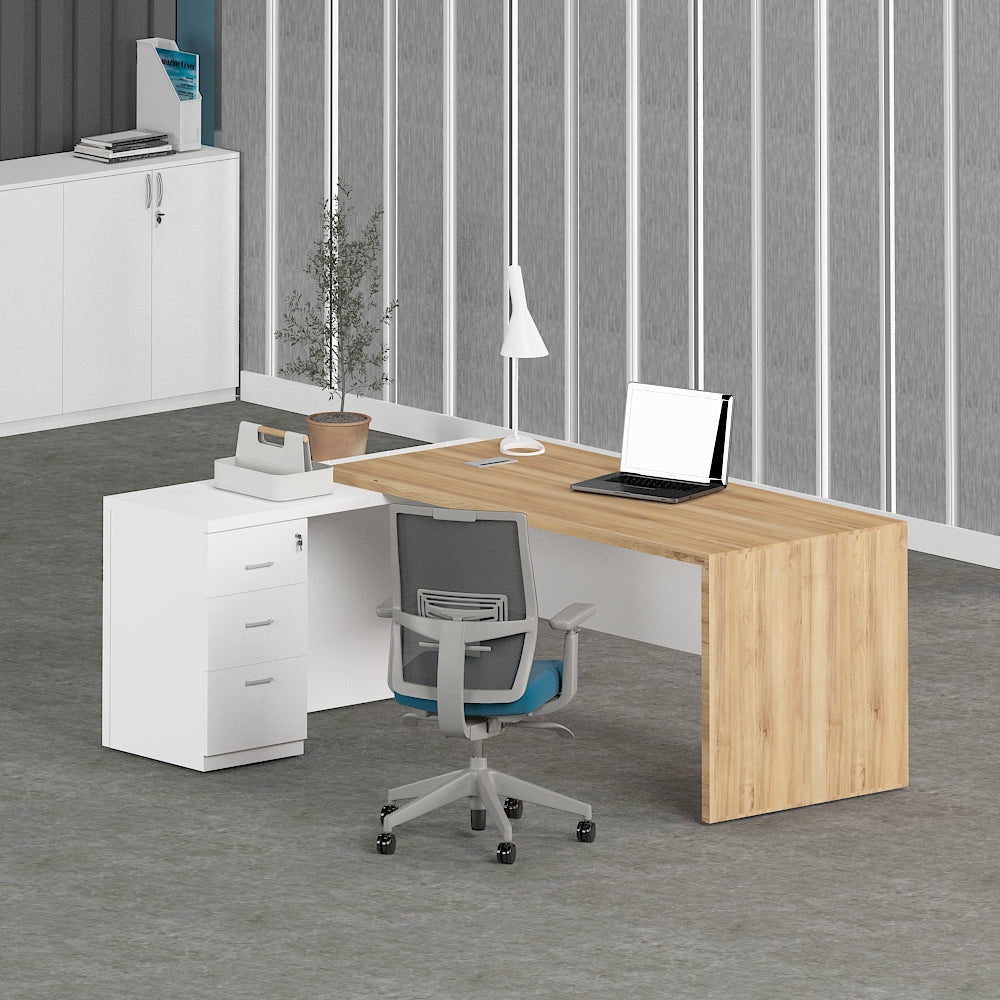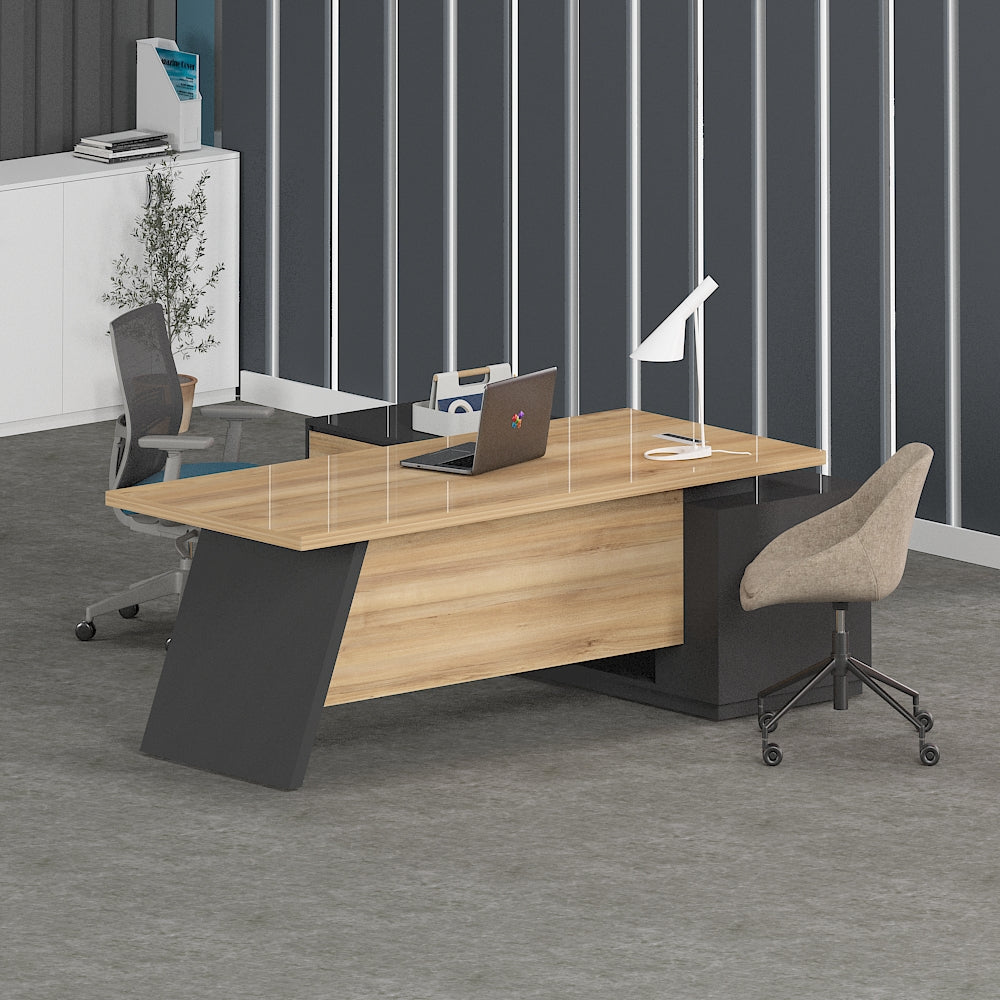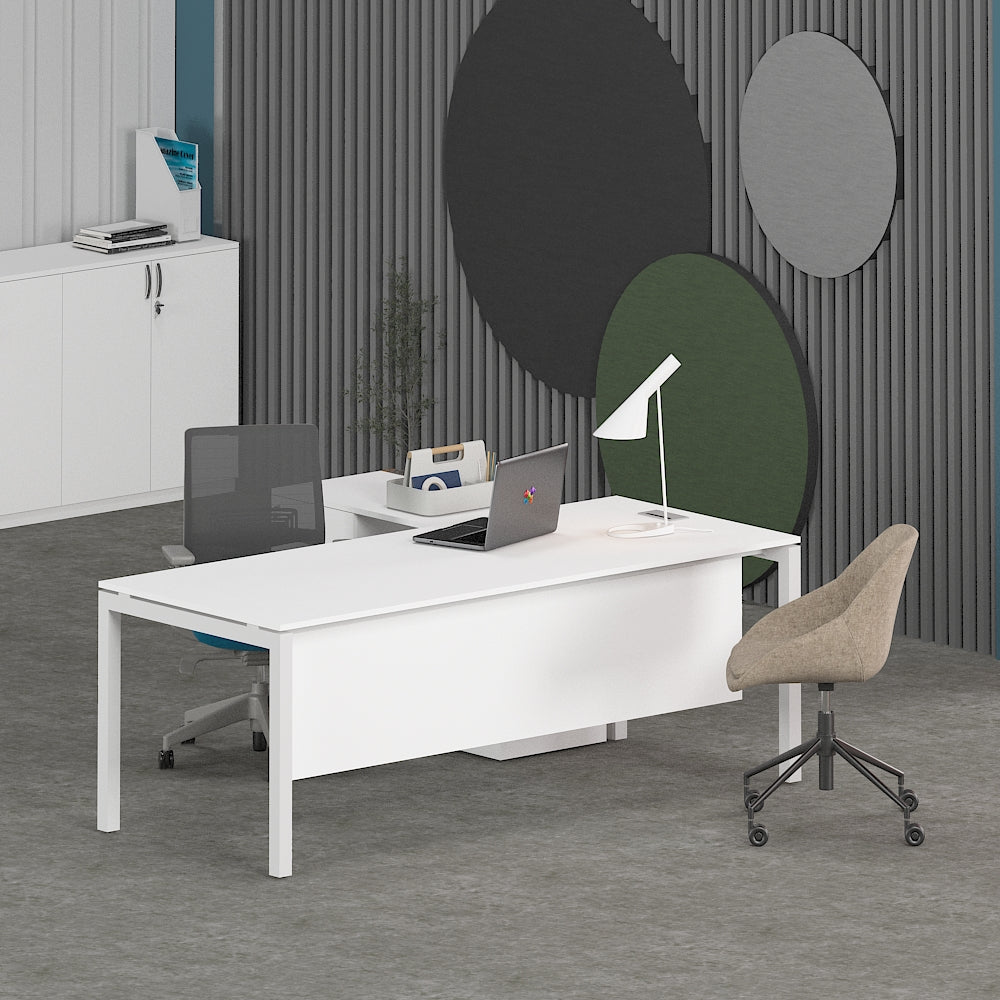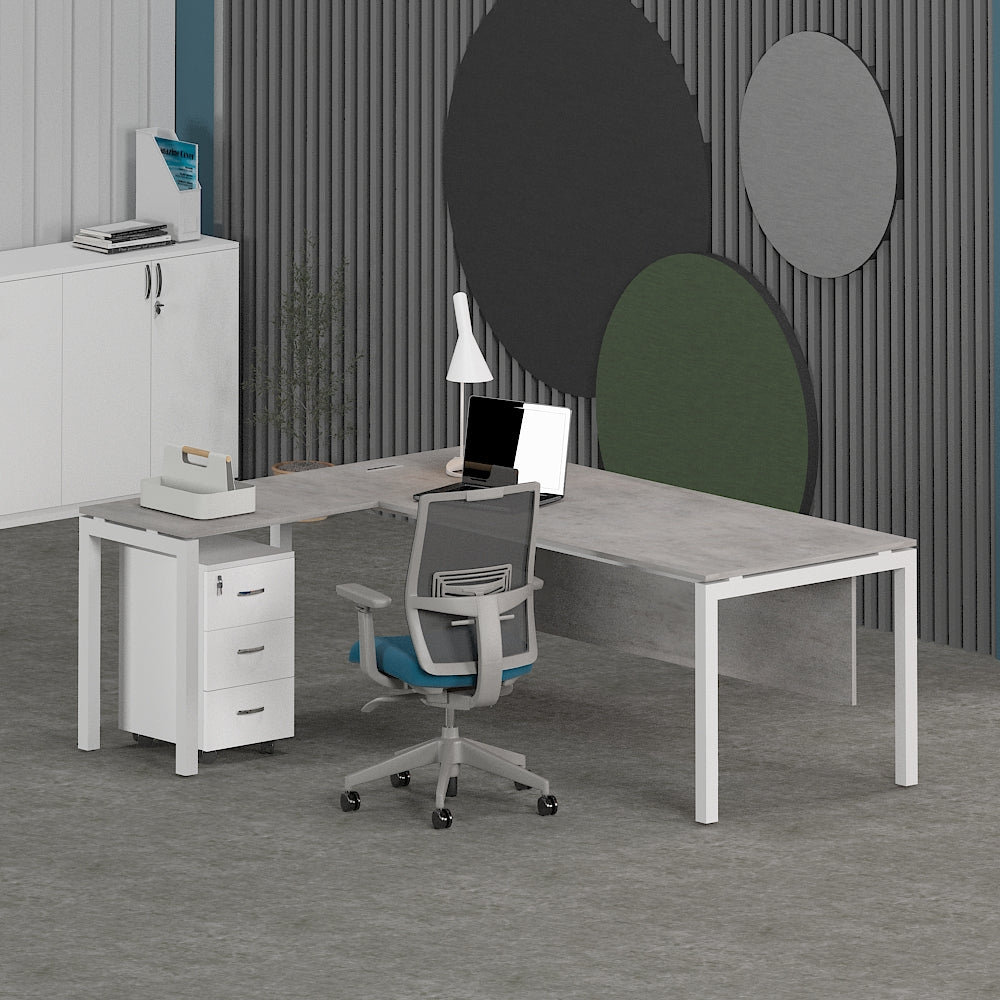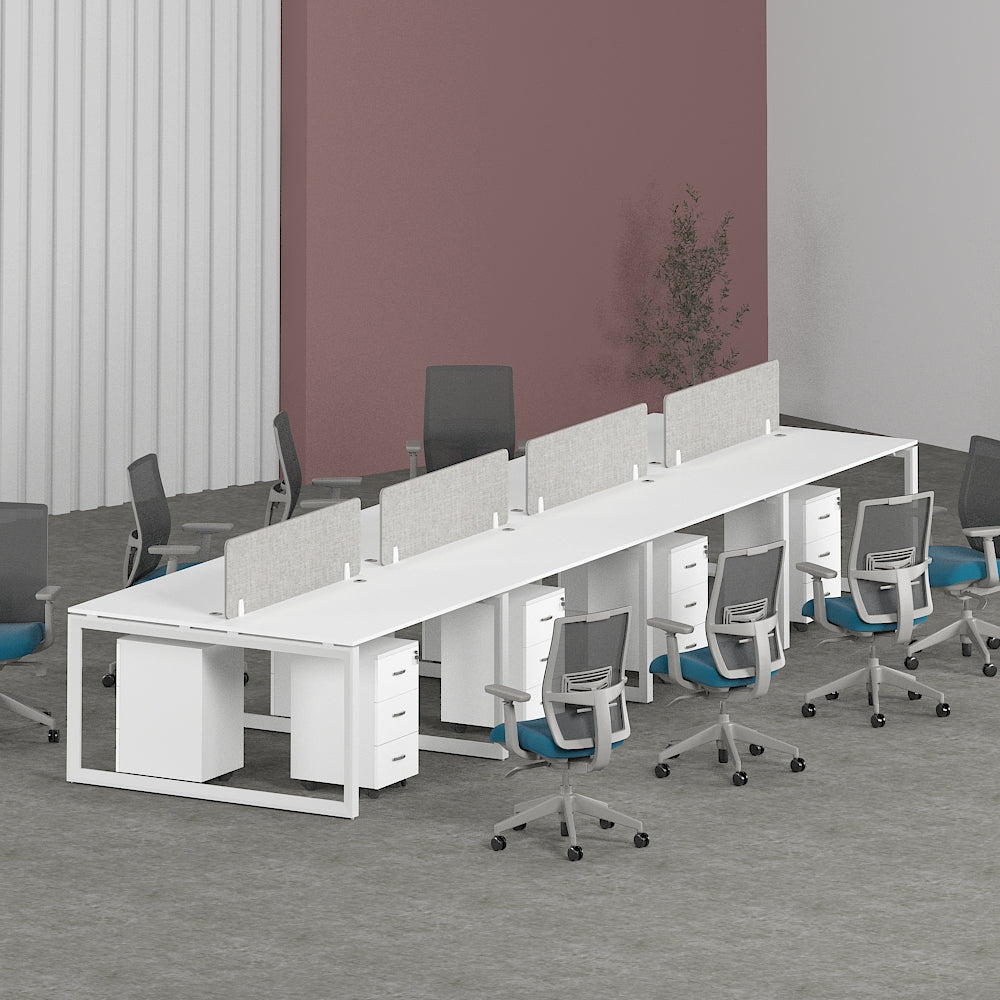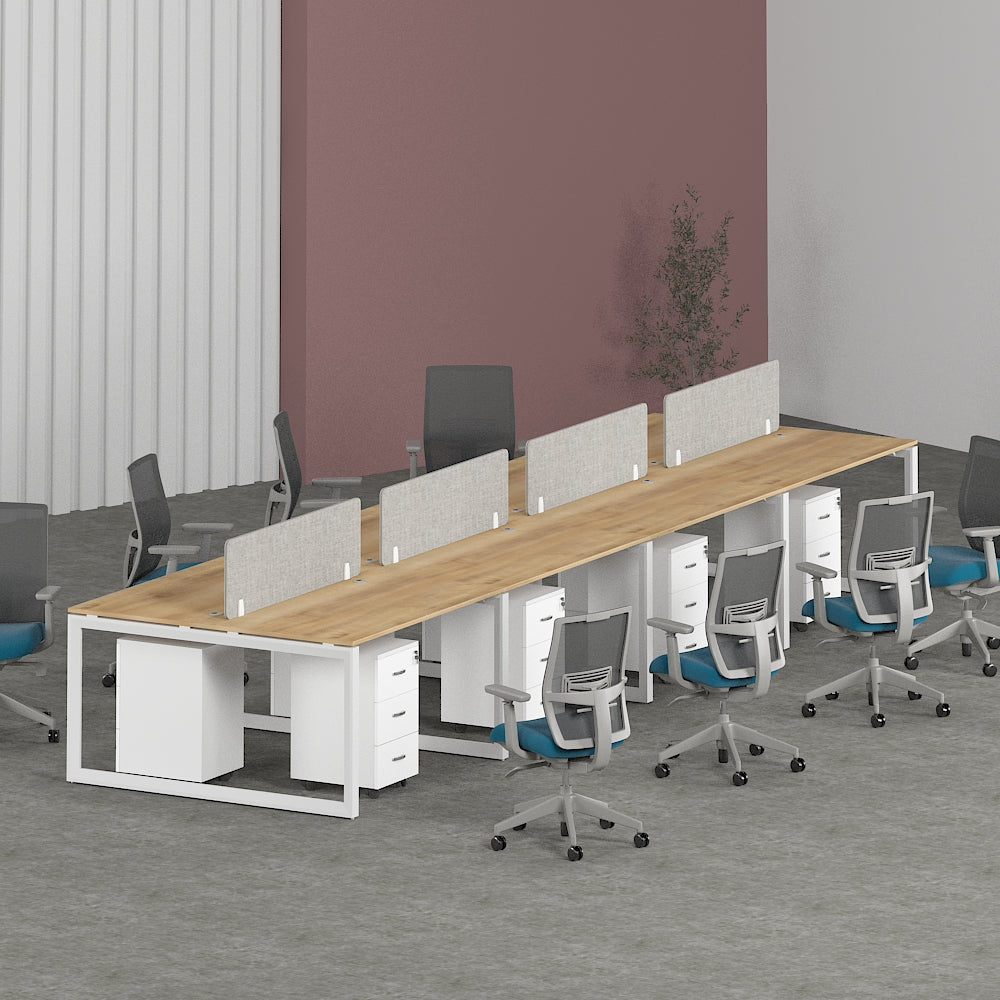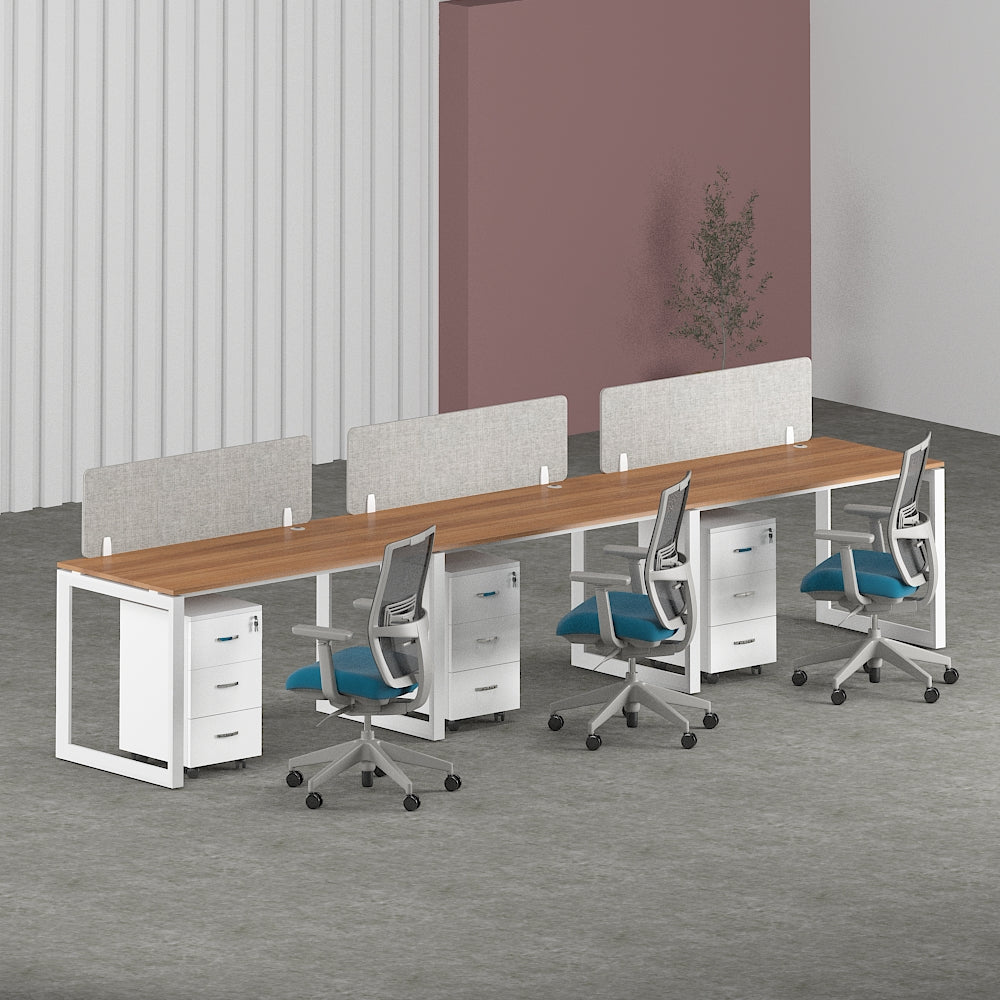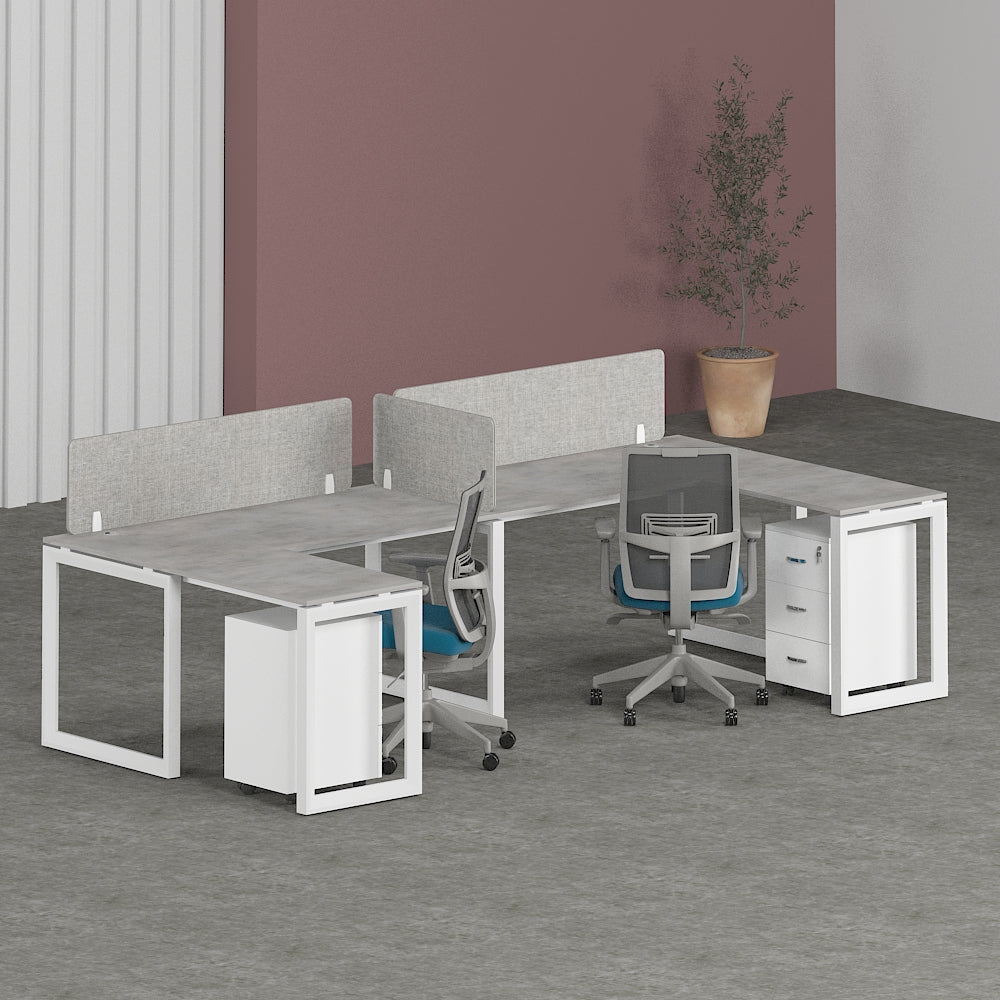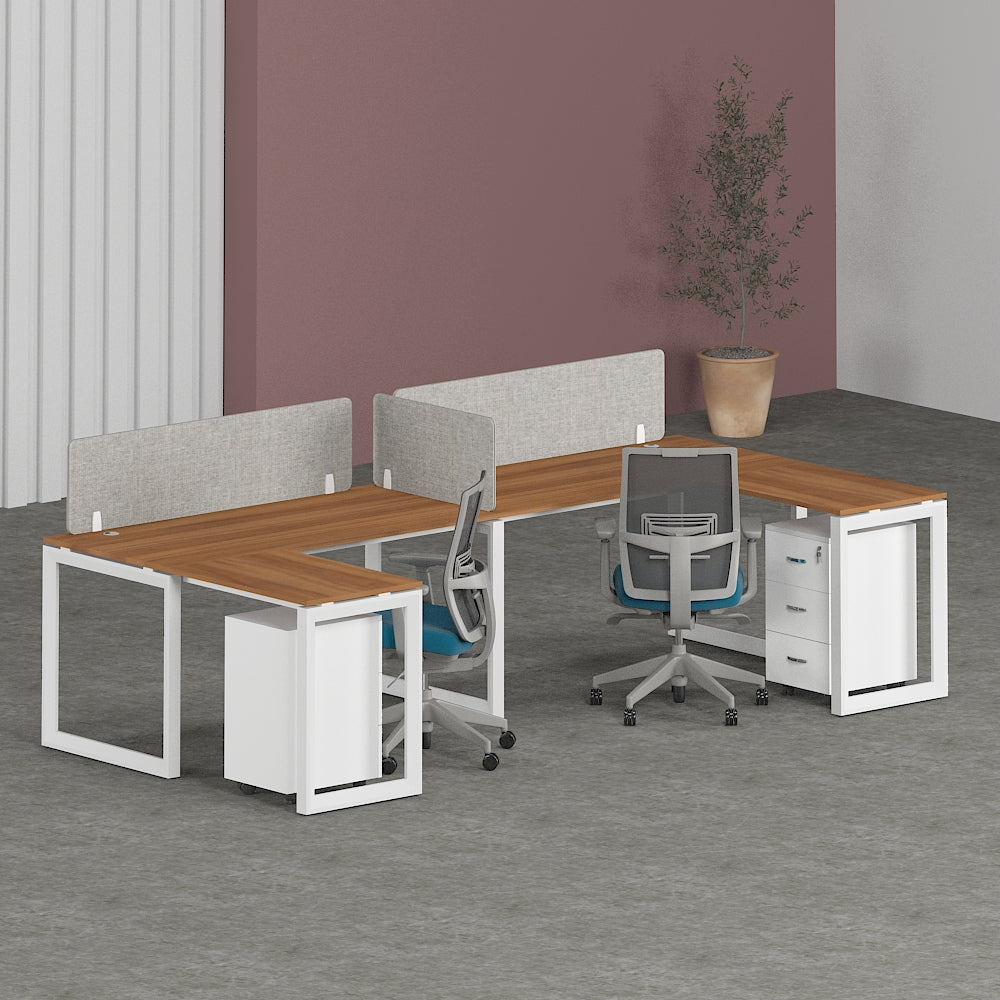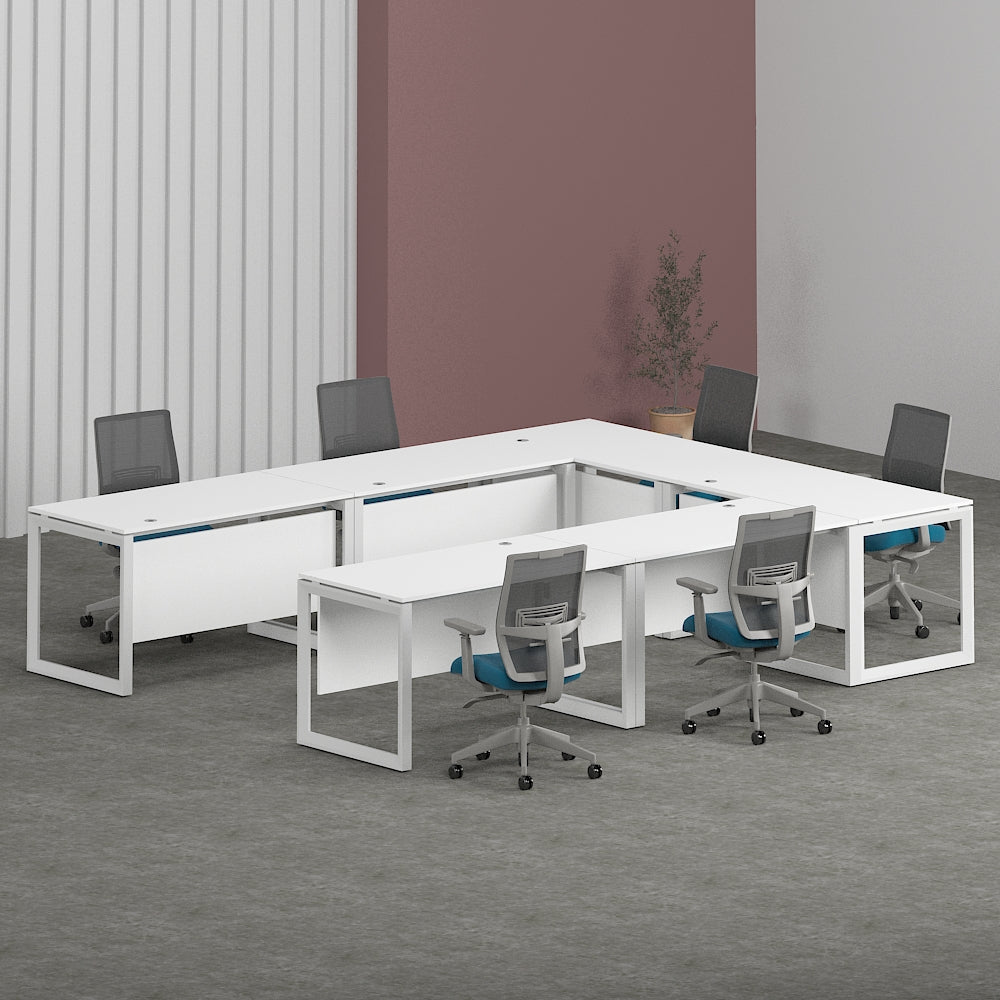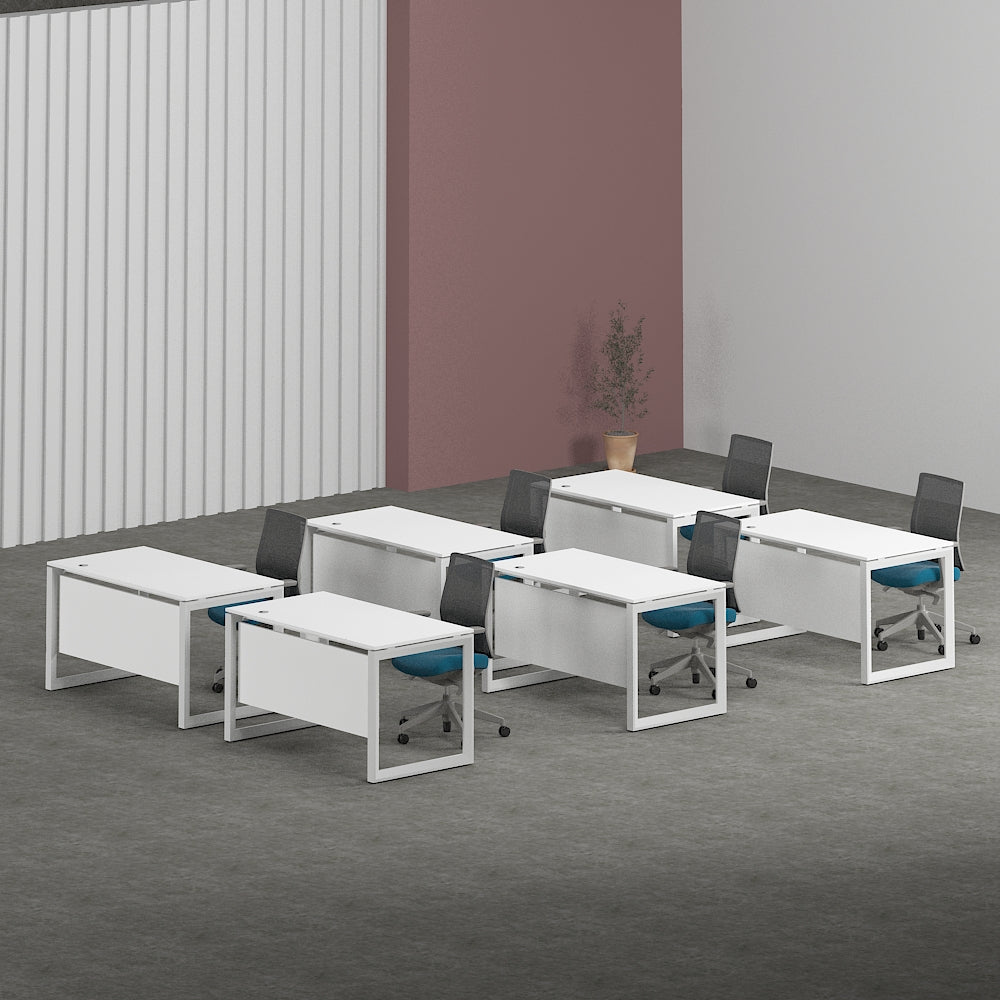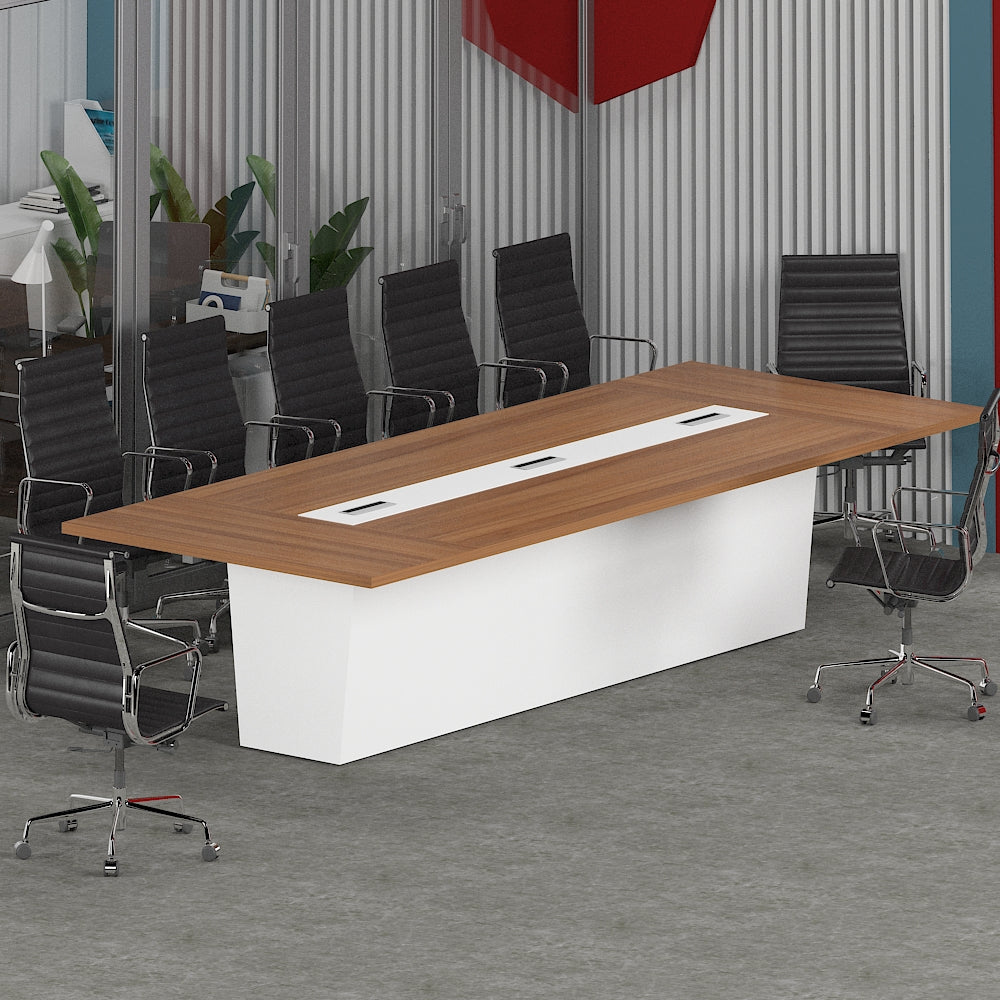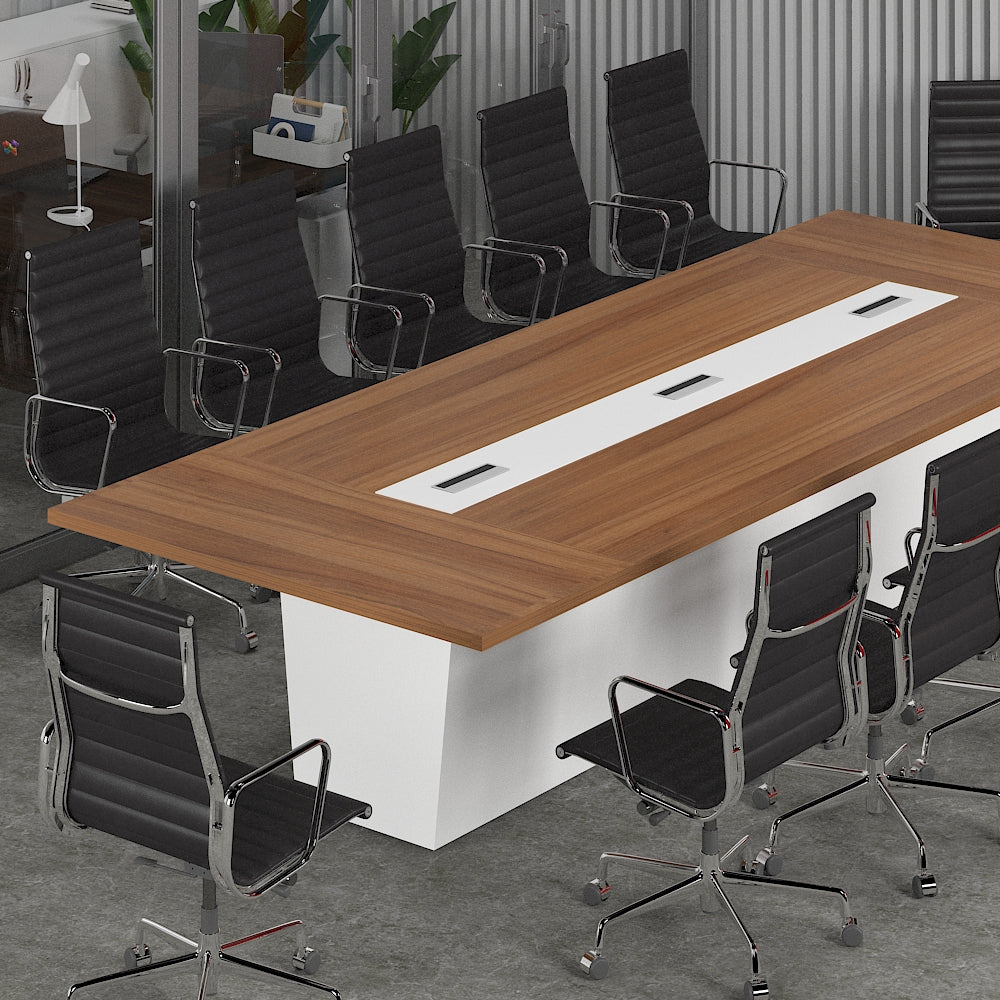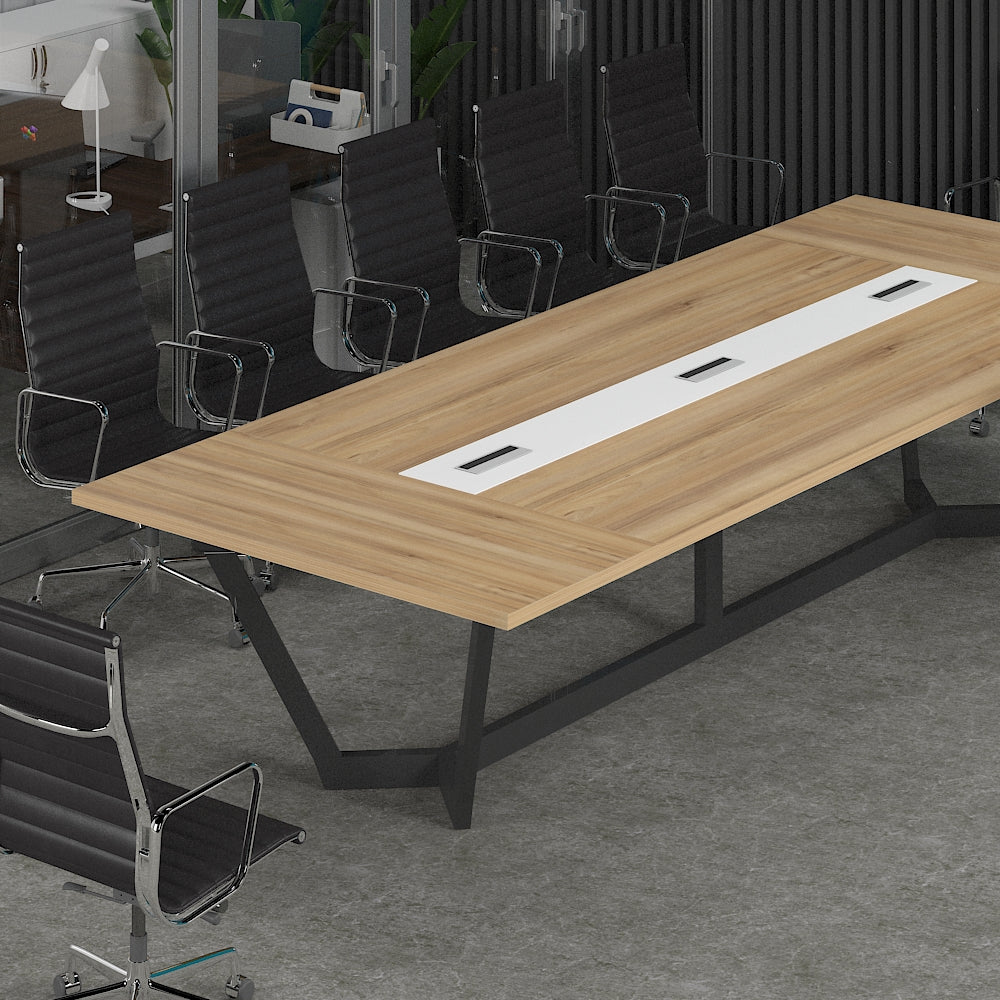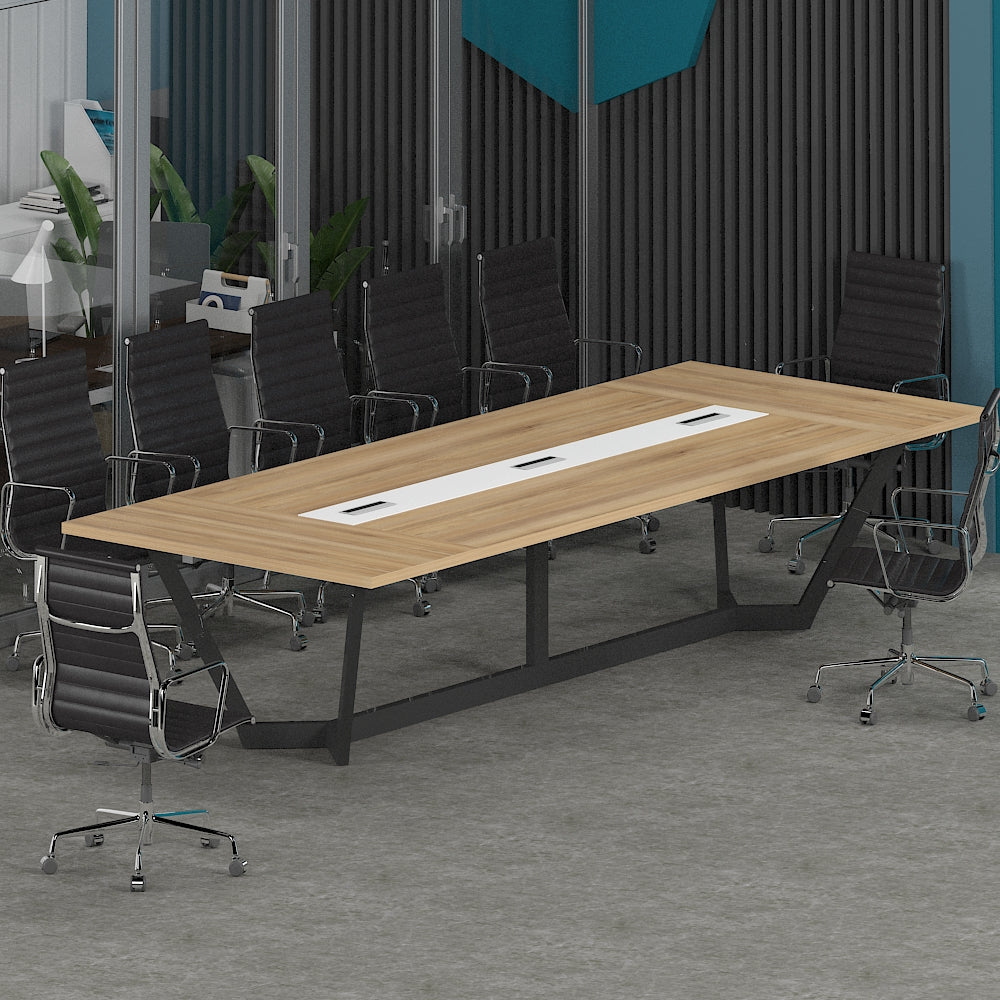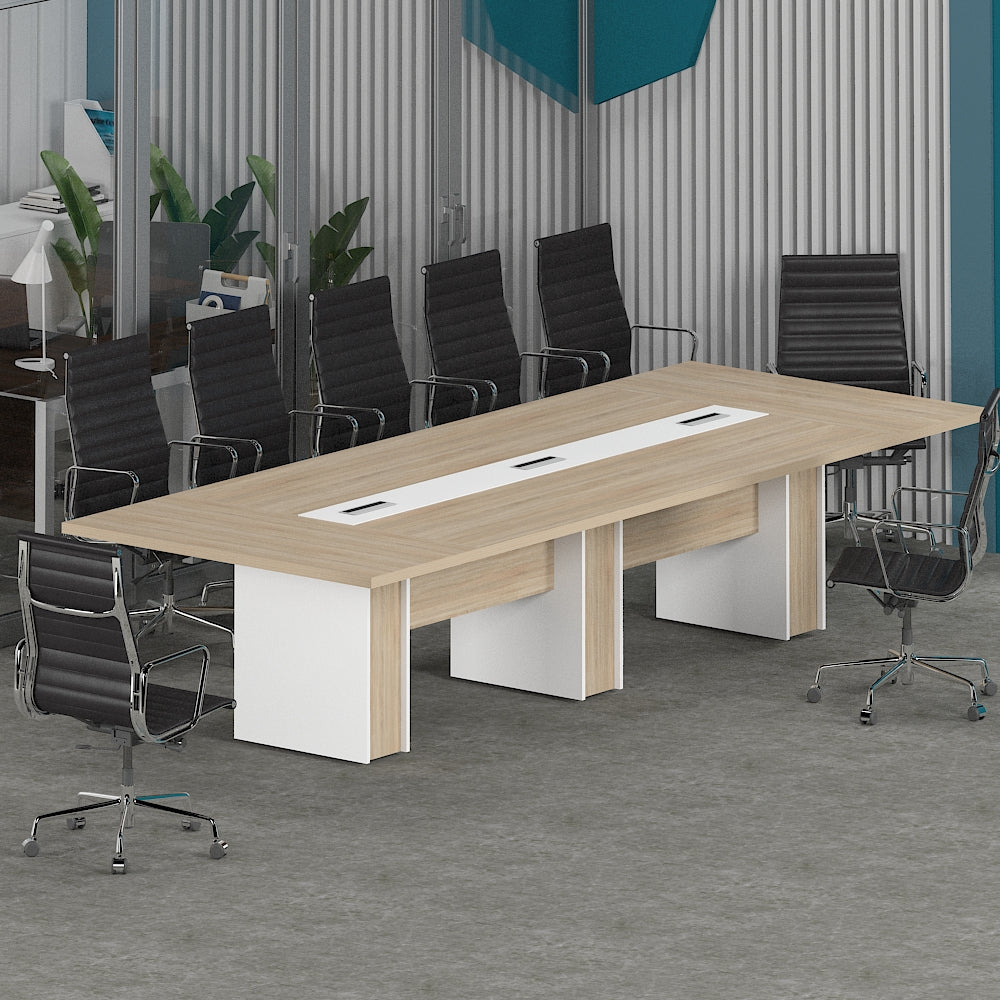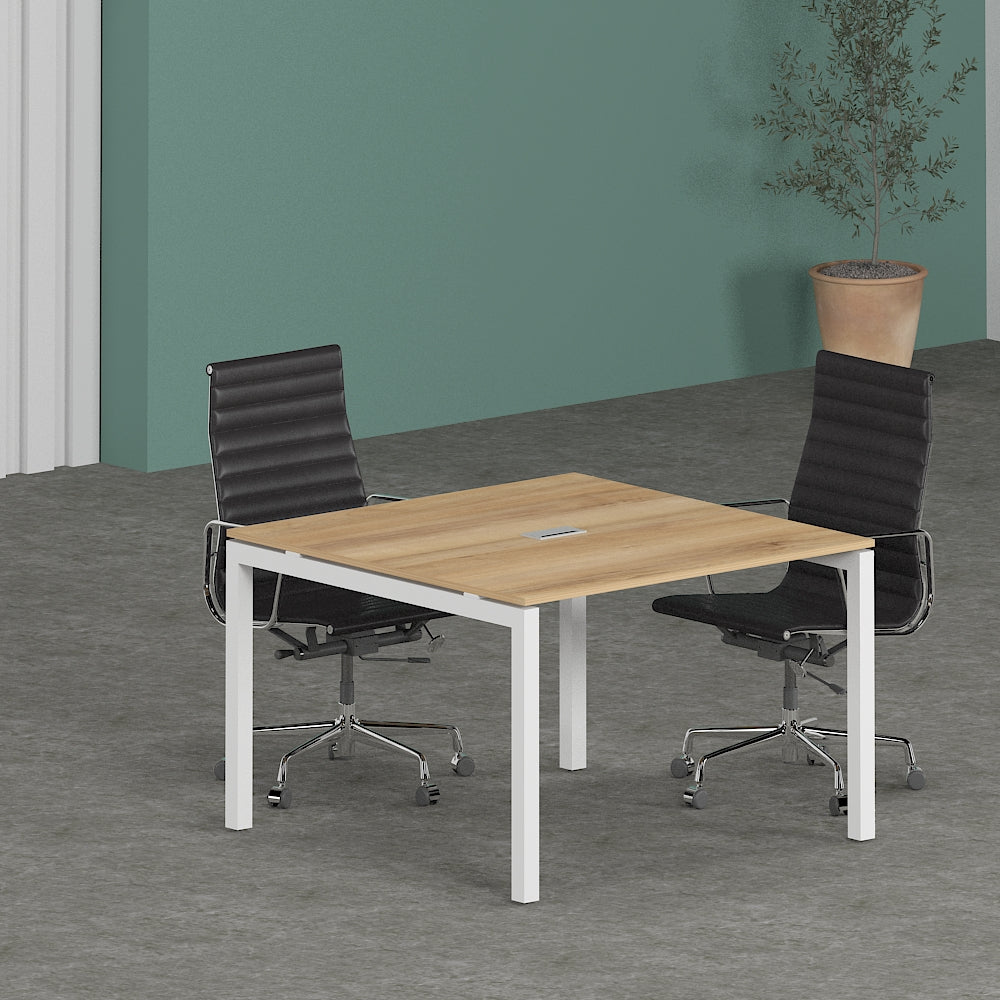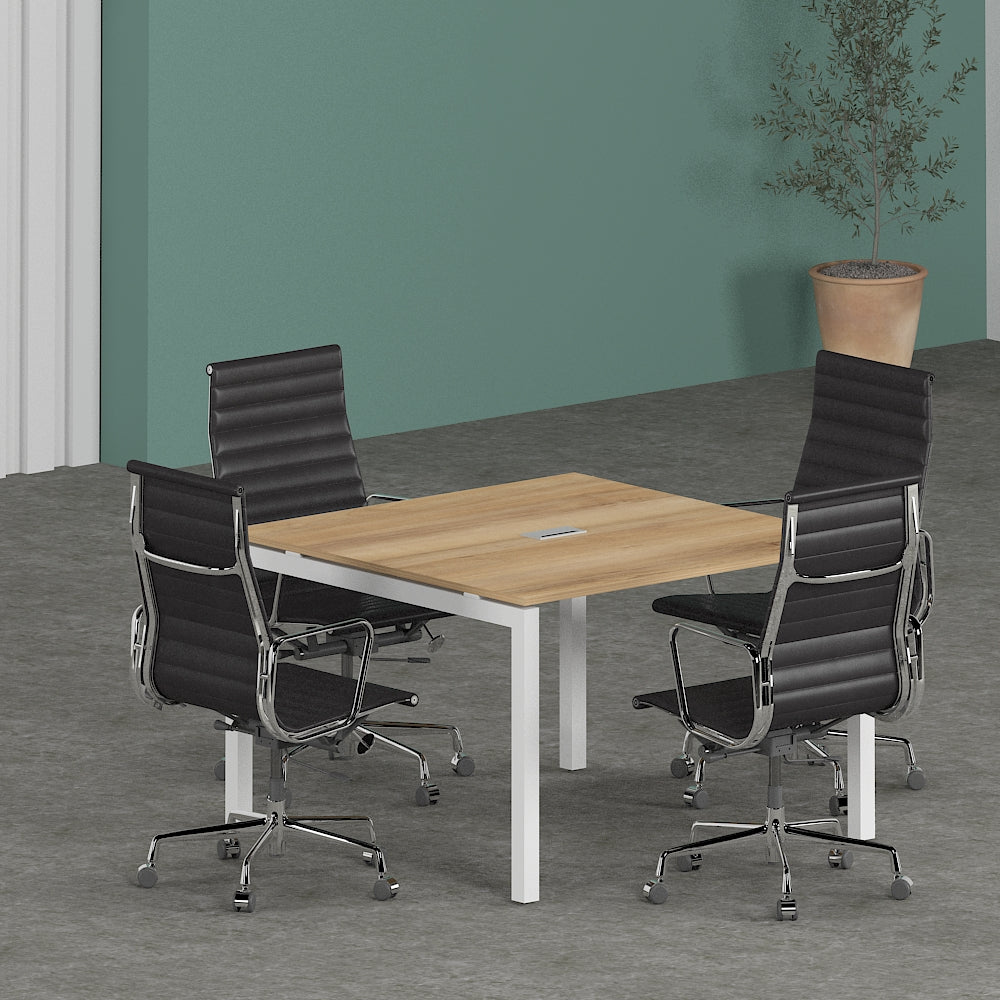Key Tips to Design an Effective Training Room
Training sessions are more than just information transfer; they're about engagement, interaction, and retention. Whether you're a corporate trainer, an educational institution, or a community organization, having a well-designed training room can significantly impact the effectiveness of your programs. Let's delve into some key tips to ensure your training space is optimized for learning and collaboration.
1. Understanding the Purpose of the Training Room
Before diving into the design process, it's crucial to clearly define the objectives of your training sessions. Are you conducting employee onboarding, technical workshops, or team-building exercises? Understanding the purpose will guide every aspect of your design choices, from furniture selection to technological integration.
Identifying your target audience is equally important. Are you catering to employees, students, or external stakeholders? Knowing your audience demographics and preferences will help tailor the environment to their needs and preferences.
2. Optimizing the Space
Consider the size and layout of your training room. Aim for a layout that facilitates easy movement and interaction among participants. Avoid overcrowding by ensuring sufficient space between chairs and tables.
Maximizing natural light can significantly enhance the ambiance of the room and improve focus. Additionally, adequate ventilation is essential to maintain a comfortable learning environment, especially during long training sessions.
3. Choosing the Right Furniture
Invest in ergonomic chairs and tables to ensure participants remain comfortable throughout the training. Adjustable seating options accommodate individuals of different heights and body types.
Interactive whiteboards or screens can enhance engagement by allowing presenters to illustrate concepts visually. Choose furniture that is both functional and aesthetically pleasing to create a conducive learning environment.
4. Setting Up Audio-Visual Equipment
Effective communication is key during training sessions, so investing in quality audio-visual equipment is essential. Projectors, speakers, and microphones should be strategically placed to ensure everyone can hear and see clearly.
Integration with digital devices such as laptops and tablets enables seamless sharing of presentations and interactive activities. Test the equipment beforehand to identify and address any technical issues.
5. Creating a Comfortable Environment
Temperature control and acoustics play a significant role in creating a comfortable learning environment. Ensure the room is adequately heated or cooled, depending on the climate and season.
Acoustic panels or carpeting can help minimize noise disruptions, ensuring participants can focus on the training content. Adding plants to the space not only improves air quality but also adds a touch of nature, promoting relaxation and concentration.
6. Incorporating Technology for Engagement
Embrace technology to enhance engagement during training sessions. Interactive training software allows participants to actively participate in discussions, quizzes, and simulations.
Virtual reality tools offer immersive learning experiences, especially for practical or hands-on training. Incorporating these technologies into your training room design can elevate the overall learning experience and make sessions more memorable.
7. Ensuring Accessibility
Make sure your training room is accessible to individuals with disabilities. This includes providing wheelchair access and ensuring adequate space between furniture for maneuverability.
Clear signage and pathways help participants navigate the room easily, especially in larger training facilities. Consider the needs of all attendees to create an inclusive learning environment.
8. Promoting Collaboration and Interaction
Design your training room to encourage collaboration and interaction among participants. Group seating arrangements facilitate group discussions and teamwork activities.
Breakout areas or smaller discussion pods provide space for more intimate conversations or brainstorming sessions. Designing the room with collaboration in mind fosters a sense of community and collective learning.
9. Designing for Flexibility
Flexibility is key when designing a training room that can accommodate various types of activities and learning styles. Invest in modular furniture that can be easily rearranged to suit different configurations.
Adaptable layouts allow for seamless transitions between lectures, group work, and hands-on activities. Designing for flexibility ensures your training room remains functional and relevant as your program evolves.
10. Addressing Safety Concerns
Safety should always be a top priority when designing a training room. Ensure there are clear emergency exits and procedures in place, with clearly marked exit signs.
Keep first aid kits and fire extinguishers readily accessible in case of emergencies. Conduct regular safety drills to familiarize participants with evacuation procedures and ensure everyone knows what to do in an emergency.
11. Considering Aesthetics
While functionality is paramount, aesthetics also play a role in creating an inviting training environment. Choose colors and decor that promote a positive and energizing atmosphere.
Consider incorporating branding elements if applicable, such as company logos or school colors. A well-designed training room reflects the organization's identity and values while creating a memorable experience for participants.
12. Testing and Adjusting
Before launching your training program, conduct thorough testing of the room setup and equipment. Run through mock training sessions to identify any potential issues or areas for improvement.
Gather feedback from participants and instructors to make adjustments as needed. Continuous refinement ensures your training room meets the needs of all stakeholders and delivers an optimal learning experience.
13. Maintenance and Upkeep
Once your training room is up and running, regular maintenance is essential to keep it in top condition. Schedule routine cleaning sessions to keep the space tidy and hygienic.
Inspect furniture and equipment regularly for signs of wear and tear, and replace or repair as needed. Stay updated with technological advancements to ensure your training room remains equipped with the latest tools and resources.
Conclusion
Designing an effective training room requires careful consideration of various factors, including space optimization, furniture selection, technology integration, and safety measures. By following these key tips, you can create a training environment that fosters engagement, collaboration, and learning effectiveness. Remember to continuously evaluate and adjust your design to meet the evolving needs of your participants and ensure a positive learning experience for all.
FAQs:
-
How can I ensure my training room is accessible to individuals with disabilities?
- Ensure wheelchair access and provide ample space between furniture for maneuverability.
- Install clear signage and pathways to help participants navigate the room easily.
-
What are some cost-effective ways to enhance the aesthetics of my training room?
- Use paint or wallpaper to add color and personality to the space.
- Incorporate decorative elements such as plants, artwork, or motivational posters.
-
How can I incorporate technology into my training room design without breaking the bank?
- Explore budget-friendly options such as refurbished equipment or leasing agreements.
- Focus on essential technology that aligns with your training objectives and audience needs.
-
What are some common mistakes to avoid when designing a training room?
- Overcrowding the space with unnecessary furniture or equipment.
- Neglecting to consider the needs and preferences of your target audience.
-
How can I create a flexible training room layout that accommodates various activities?
- Invest in modular furniture that can be easily rearranged to suit different configurations.
- Design multipurpose spaces that can adapt to different types of training sessions.

